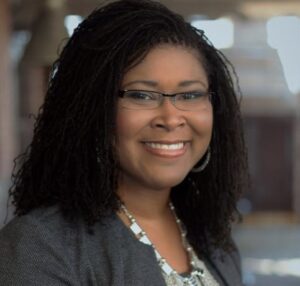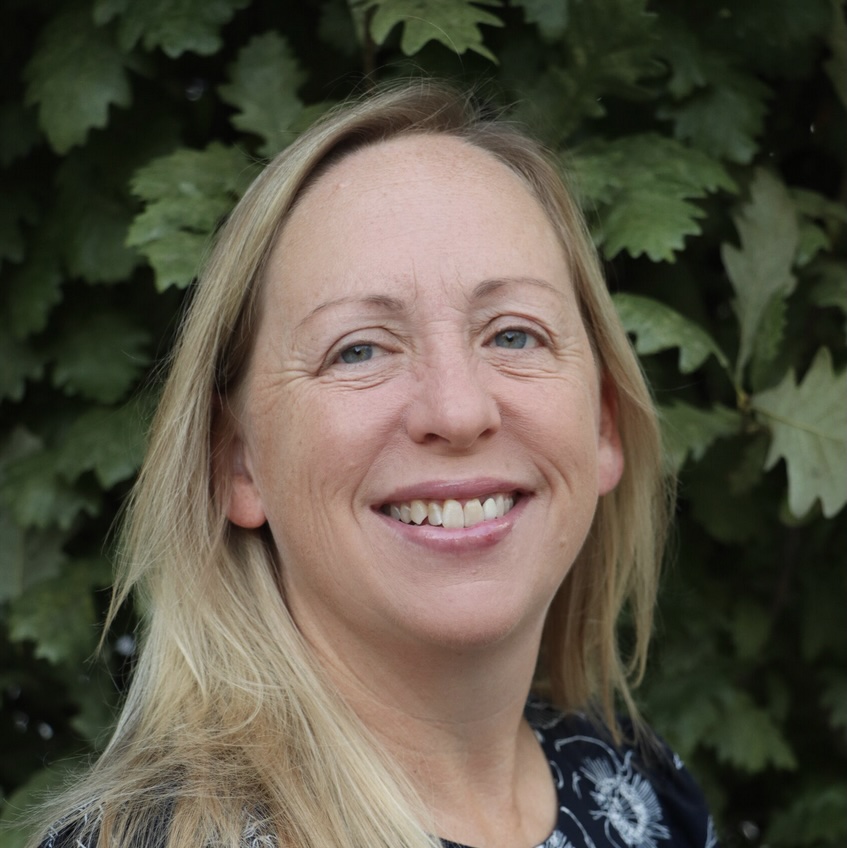If inertia can be a challenging force in healthcare, one can only imagine the impact associated with “historical inertia.”
For many leaders, however, it’s a reality faced every day, particularly when it comes to tools and procedures that have been part of the vernacular for so long. Case in point? Flow sheets, according to Anika Gardenhire, Chief Digital and Transformation Officer at Ardent Health.
As with so many concepts, “there was a lot of really good intent” behind flow sheets, which were created to improve communication during shift changes and facilitate documentation. And for a while, they achieved that feat.
But with nurses increasingly experiencing burnout – and shortages looming, perhaps it’s time for a shift.

Anika Gardenhire
“We have an opportunity to think about how we can create a more holistic and supportive experience,” she noted. During a recent Town Hall interview, Gardenhire – a nurse by training – spoke with Reid Stephan (VP and CIO, St. Luke’s Health System) about the key challenges with nursing documentation, and the pivotal role that clinicians and EHR vendors can play in improving usability.
When it comes to patient care, the ultimate goal is to have “all of the specialties come together in concert,” she said. “And I genuinely believe in nursing as the coordinator of care.”
Nurses, she continued, are meant to “provide support and clarity of message across the specialties,” which makes sense, as they spend the most time with the patient, and can therefore “see them actively improve or decline over a period of time in a way that’s not inherent to the workflow of other disciplines and how they might interact with the patient.”
That narrative nurses provide plays a critical role in ensuring continued care for the patient – not just by presenting information, but doing so in a snapshot format, Gardenhire said. Initially, the transition to flow sheets made sense. However, as more boxes and dropdowns have been added, the process has become increasingly cumbersome, which has led to some hand-raising.
“It’s important to question which of these things are actual requirements, and how much of it is grounded in historical inertia,” she stated. “We need to come to the table and say, what is it we’re trying to do? If we want to make sure we can capture trends over time or make sure discrete data elements are there, is this the best way to do it?”
Determining that will be a multifaceted process, noted Gardenhire – one that should start by acknowledging that nursing is both an art and a science. “We spend a lot of time focused on figuring out how to capture the science that we might have forgotten to make sure we provide a documentation capture that also allows for the art,” she said. “I would hate to see us lose that.”
Because while it’s important for nurses to be able to titrate drips and make quick calculations in the ICU setting, for example, it’s equally vital to factor in the conversations that happen with patients and family members that can fill in key pieces.
“It’s not just about what’s happening on the outside with the science,” she said. “It’s the conversation you had with a patient while you were holding their hand, looking at the monitor and thinking to yourself, what would actually give this patient the encouragement that they need in order to fight the battle? Those things are really important for us to capture and understand.”
The big question, of course, is how. Step one, according to Gardenhire, involves seeking input and involvement from those who are currently practicing at the bedside. One grievance she has heard is the inability of dropdown menus to let users state what’s happening with the patient.
Another is the burden that comes from recording results. In an ideal setting, if a number comes off of something in my vicinity, I shouldn’t be expected to write it down,” she said. “I should be expected to look at the number and then document the things that are happening and what I'm doing about it.”
Nurses, she added, don’t need another data element. “We need suggestions based on analysis of background data. We can then take that suggestion and combine it with contextually aware information we’re getting from our five senses,” as well as the instincts nurses have developed after countless hours spent with patients.
The other party that should be involved? EHR providers, who she believes should work hand-in-hand with nursing organizations and other stakeholders to rethink documentation processes. “There’s an opportunity to have them come together with clinicians” and help drive important conversations,” Gardenhire notes. “There are things we can do now that we literally could not do in the past, and that creates a certain type of permissive rethinking.” And while it won’t necessarily be quick or easy to bring these experts together, “it’s an investment we need to make in order to support the future of clinical care.”
In conclusion, she urged leaders to continue to “be curious and think big,” particularly when it comes to developing processes that free up precious time for care providers. “Don’t let historical inertia block your thinking.”


Questions about the Podcast?
Contact us with any questions, requests, or comments about the show. We love hearing your feedback.

© Copyright 2024 Health Lyrics All rights reserved